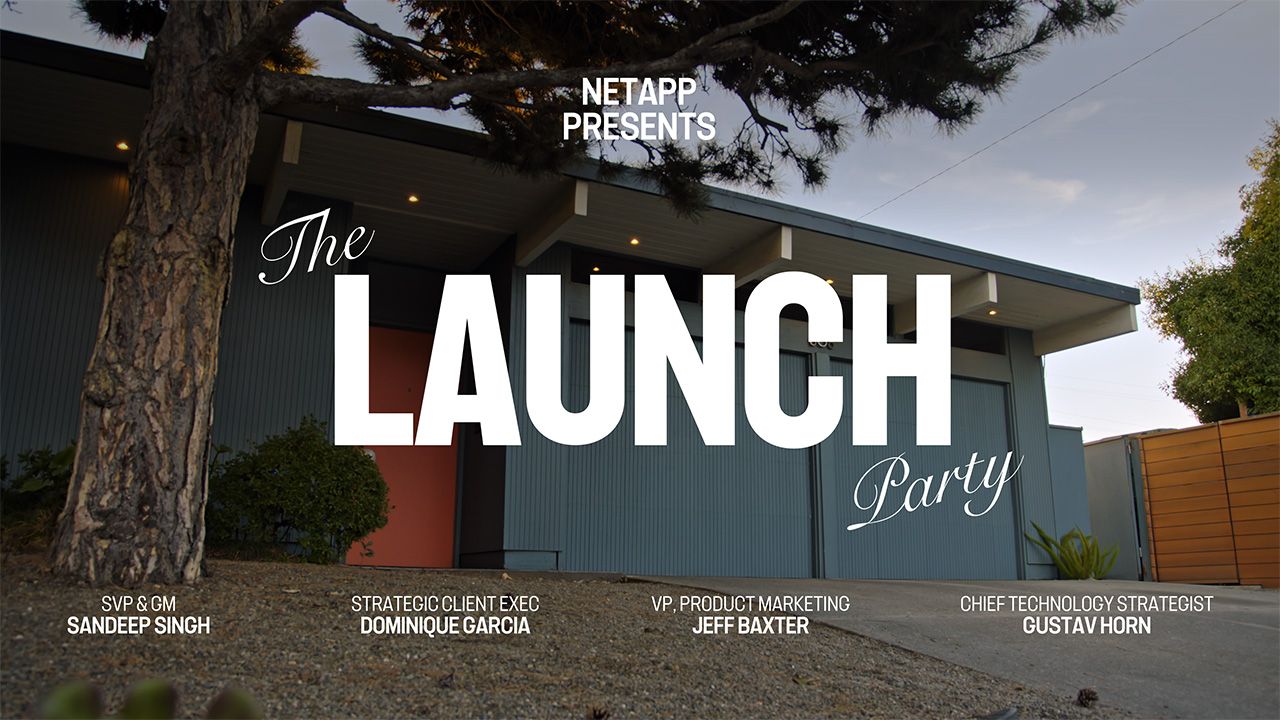Data Backup and Recovery
- Home
- :
- ONTAP, AFF, and FAS
- :
- Data Backup and Recovery
- :
- Re: Is Snaprestore needed
Data Backup and Recovery
- Subscribe to RSS Feed
- Mark Topic as New
- Mark Topic as Read
- Float this Topic for Current User
- Bookmark
- Subscribe
- Mute
- Printer Friendly Page
- Mark as New
- Bookmark
- Subscribe
- Mute
- Subscribe to RSS Feed
- Permalink
- Report Inappropriate Content
What is the process of accessing volume snapshots in a read and write fashion to recover data if you do not have a SnapRestore license?
Example: A lun containing VMs is snapped a few times per day, one of the VMs is destroyed by a virus. To recover the VM can one of the snapshots be mounted and accessed so the VM can be storage vmotioed from the snapshot back to the original lun.
Is this possible without snaprestore????
Solved! See The Solution
- Mark as New
- Bookmark
- Subscribe
- Mute
- Subscribe to RSS Feed
- Permalink
- Report Inappropriate Content
You can use "lun clone" to create a clone of the LUN based on a specific snapshot.
- Mark as New
- Bookmark
- Subscribe
- Mute
- Subscribe to RSS Feed
- Permalink
- Report Inappropriate Content
You can use "lun clone" to create a clone of the LUN based on a specific snapshot.
- Mark as New
- Bookmark
- Subscribe
- Mute
- Subscribe to RSS Feed
- Permalink
- Report Inappropriate Content
This would require FlexClone to clone the Snapshot - Is there no other way of accessing the Snapshot and access the data (read/write)?
- Mark as New
- Bookmark
- Subscribe
- Mute
- Subscribe to RSS Feed
- Permalink
- Report Inappropriate Content
LUN cloning actually doesn't require FlexClone license - only volume-level cloning does.
I am not 100% sure though whether it will work without SnapRestore license enabled (it is always listed as a prerequisite for SnapManager products, which use LUN/volume cloning for restore operations).
Regards,
Radek
- Mark as New
- Bookmark
- Subscribe
- Mute
- Subscribe to RSS Feed
- Permalink
- Report Inappropriate Content
Radek Kubka wrote:
I am not 100% sure though whether it will work without SnapRestore license enabled (it is always listed as a prerequisite for SnapManager products, which use LUN/volume cloning for restore operations).
For the lun cloning a snap restore license is not needed.
In the past the snapdrive software used the snap restore command to restore a lun. But this has been changed to lun clone/split, probably because this is faster than waiting for a restore. Why snap restore is still required I don't know, perhaps for volume snap restores.
- Mark as New
- Bookmark
- Subscribe
- Mute
- Subscribe to RSS Feed
- Permalink
- Report Inappropriate Content
So you can clone a lun without flexvol? This would require 100% of the base lun size?
In this design we would not be using any snapmanager products, only the built-in snapshot mechanism (I know this cash consistent only!!) - Can anyone help answer the question "can you clone a snapshot of a lun without snaprestore"?
- Mark as New
- Bookmark
- Subscribe
- Mute
- Subscribe to RSS Feed
- Permalink
- Report Inappropriate Content
You can use lun clone without a flex_clone license. At first that clone only needs to take up the changed space from the original. However if you want to keep that clone around long-term, you will want to split it off so you will need enough space in the containing volume for the entire LUN. After that you could get rid of the original.
- Mark as New
- Bookmark
- Subscribe
- Mute
- Subscribe to RSS Feed
- Permalink
- Report Inappropriate Content
Thanx everyone - One last thing... If you do use lun clone to clone and access a snapshot, should the clone be located in it's own temporary flexvol until you are finished with it?
- Mark as New
- Bookmark
- Subscribe
- Mute
- Subscribe to RSS Feed
- Permalink
- Report Inappropriate Content
If you do use lun clone to clone and access a snapshot, should the clone be located in it's own temporary flexvol until you are finished with it?
No, not really - that would mean 100% capacity overhead (unless this is a FlexClone operation). The side effect of LUN clone is that backing snapshot appears as 'busy' (can't be removed) until you either delete or split a clone.
- Mark as New
- Bookmark
- Subscribe
- Mute
- Subscribe to RSS Feed
- Permalink
- Report Inappropriate Content
By definition, a LUN clone must exist in the same volume as it's source. If you want a temporary separate volume, that's a Flex Clone and that's a licensed product.
- Mark as New
- Bookmark
- Subscribe
- Mute
- Subscribe to RSS Feed
- Permalink
- Report Inappropriate Content
Would this mean I would need to increase the size of the flexvol containing the lun prior to running the clone?
- Mark as New
- Bookmark
- Subscribe
- Mute
- Subscribe to RSS Feed
- Permalink
- Report Inappropriate Content
SnapRestore is never really *needed*. But...
A couple of weeks ago one of my business unit IT folks accidentally ran a large delete on the wrong volume. Over 18million customer-facing files were deleted. Yes, I could have restored them manually from the snapshots (or worse, from tape or the snapmirror'ed replica) but a snaprestore took seconds versus hours. The SnapRestore licenses easily paid for themselves.

